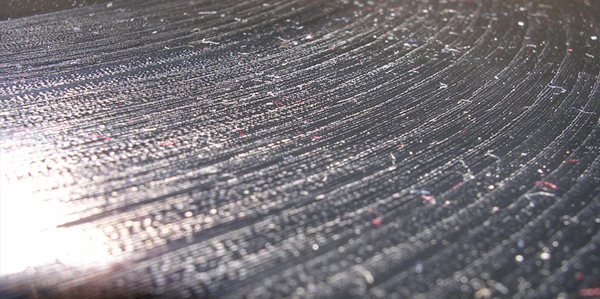More Computers and Information Representation
Computers used to be very large and cumbersome machines. The earliest machines could easily fill a room and required a very capable cooling system to keep them from overheating. These early calculating machines used vacuum tubes and when you encountered a “bug” in a program, it really was an insect somewhere in the system. The microchip and even transistors were not yet invented. It’s almost inconceivable to me that the development of computers has progressed from those earliest experiments to the Intel Edison “all-in-one-computer” that is so small that several of them could fit on the palm of your hand!
However, no matter how large or small the computing system, they all share a common language. Some computer scientists experimented with representing information using more than two states…binary information…and there is current research being done with “tri-state” machines but it’s safe to say that zeros and ones are the universal language of digital machines. The densely packed thousands, millions, or billions of transistors that are etched into a tiny piece of silicon define these systems. The original Macintosh computer used a Motorola 68000 processor…it had 68000 transistors. Current generation CPUs and memory chips have billions of them.
A circuit called a flip-flop is capable of storing one of two states. Here’s where the world of binary coding becomes important. If computer devices operate by very quickly manipulating gigabytes worth of binary coded data, how can the data be words, sound, pictures, or images?
In the analog world, words are stored as symbols…the shapes of the letters or numerals. Ancient texts or manuscripts have to be read visually. There are very advanced techniques for “reading” old scrolls using different types of light but any degradation of the media is reflected in the readability of the information. It turns out that the best way to dissect an ancient and decaying analog text is to digitize it and then apply complex algorithms to sort out the information.
The storage of analog sound within the grooves of a vinyl record tracks the waveform associated with the compaction and rarefaction of the molecules of air present at the surface of the microphone. These minute changes in air pressure are converted to electrical signals and ultimately to the undulations we can see under a microscope in the record grooves…with some filtering due to the RIAA curve. It’s amazing but all of the instrumental timbres, all of the chords, melodies, and articulations are contained in a single amplitude vs. time physical model deep down in the groove.
All of the analog methods of storing audio/music have to maintain very stringent tolerances for speed and groove geometry or the source signals will be distorted when recorded or reproduced. Small pieces of dust or a deformation of a groove wall causes loses in fidelity. That’s why there are turntables costing tens of thousands of dollars and more. The message of the music in intimately tied to the physicality of the medium.
However, the physicality of digital media doesn’t matter (within reasonable tolerances) when the source analog music is converted to digital information. I’ve mentioned it previously, but it’s the difference between trying to visually detect the text of an ancient text vs. being provided the digital information necessary to reconstruct the original as if time hadn’t degraded the message. The result of reconstructing a digital message is the original itself without any degradation. A digital system gives you an exact reproduction of the original music. I’ll take the blueprints so that I can accurately rebuild a brand new waveform over trying to preserve the grooves of an analog signal any day.

